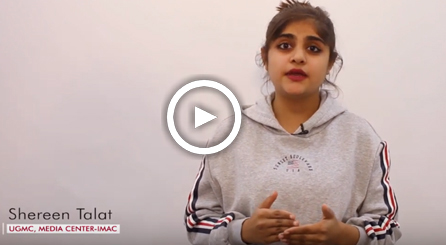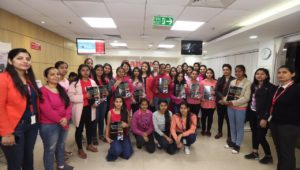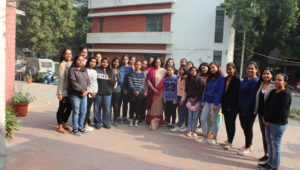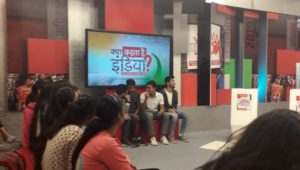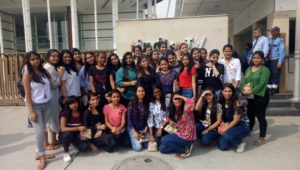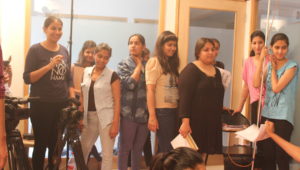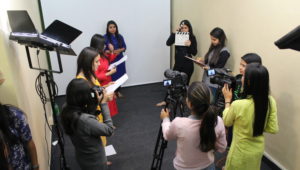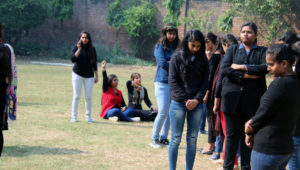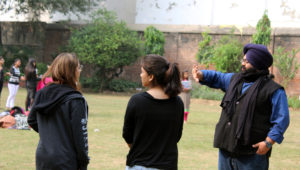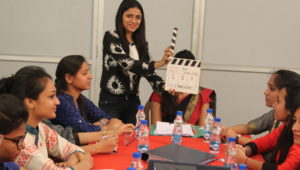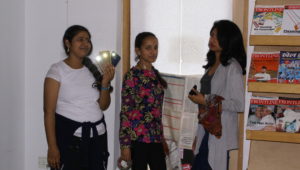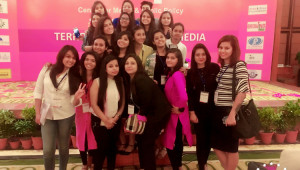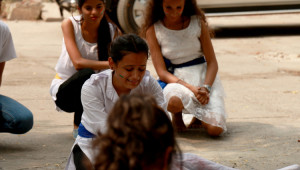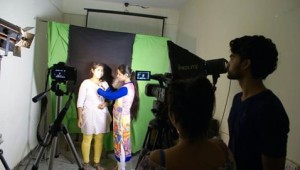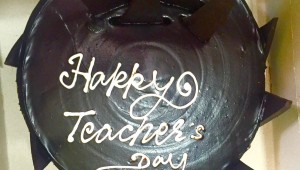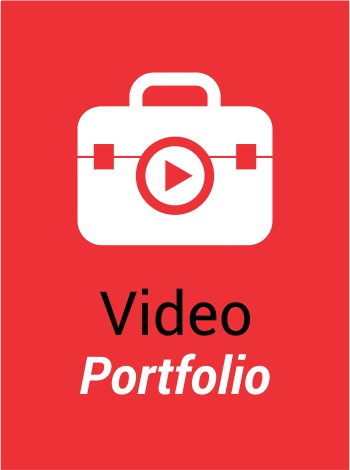It’s a general practice to write stories in the inverted pyramid form, the news reporter must have mastery over lead. The lead is the first paragraph of a news story and contains the 5Wsand H. In fact, the lead is the most important part of a news story because it contains the most important facts of such a news story. The lead also summarizes the facts of a news story and it must be attractive, interesting and readable. The lead could extend to the second paragraph of the story but under normal circumstances.

WHAT IS THE FUNCTION/IMPORTANCE OF LEAD
- The Lead Summarizes The Entire News:
It gives the reader the sense of the story to follow and takes him or her to the supporting facts or claims presented in the opening statements.
- The Lead Answers The Questions Raised By The 5Ws And H:
However, not all the answers provided by the 5Ws and1H must be present in every lead to make it suitable but no important one should be left out or omitted.
- The Lead Must Emphasize The News Feature:
The lead is likely to play up the most interesting or major aspect of the story. The news feature must be played up in the lead.
- The Lead Must Furnish the Reader With Identification Needed
For Clarity:
Persons, places and events must be given identification to make the lead clear to the reader. These bits of information may be considered as parts of the answers to the WHO, WHERE and WHAT of an event.
- The Lead Must Also Suggest or Give the Authority On Which
The News Is Written:
This is called DOCUMENTATION. Documentation gives credence to the news story.
- The Lead Must Attract Readers To The Story:
As the window of the story, the lead must get the attention of the reader and sustain this till he or she gets into the story.
HERE ARE THE TYPES OF LEADS
- Summary Lead
The summary lead is often used with the inverted pyramid form because it seeks to summarize the story in a few lines and tells the reader what he needs to know by answering the 5Ws and H. The summary lead summarizes the whole story and gives details later. It is very brief and deals only with the key points of the story.
- Figurative Or Coloured Lead:
This lead permits the extensive use of figures of speech or allows the use of words in the figurative sense rather than the literal sense. The power of a figurative lead is in its eye-catching effect.
- Quotation Lead:
A quotation lead usually consists of a striking statement that could make readers interested in the story. Because the quotation lead is easy to write, the general rule is to use it sparingly. It should be used only where the quote is quite significant, and in cases where it could add drama to the story.
- Question Lead
The question lead raises a query and attempts to respond the question. A question lead is commonly used in explanatory or specialized writing. The question at times answers itself when it is rhetoric.
- Bullet Lead
Bullet lead is nearest to the headline. It is a shot sentence that carries great impact
- Staccato Lead
This consists of short sentences, coming one after the other to create heightened effect. It is used to set up a mood best suited for the kind of news story.
- Immediate – Identification Lead:
In the immediate – identification lead, one of the most important facts of the story is the “WHO” element. Reporters often use this approach when someone important or someone whose name is widely recognized is making news.
- Delayed – Identification Lead:
When a reporter uses this type of lead, usually it is because the person or people involved have little name recognition among the readers.
- Multiple – Element Leads:
In some stories, choosing one theme for the lead is too restrictive. In such cases the reporter can choose a multiple – element lead to work more information into the first paragraph. However, such a lead must be written within the confines of a clear, simple sentence(s).
[This article is published by Media Center-IMAC in interest of student awareness and career guidance. Media Center-IMAC specializes in Post-Graduate/Under-Graduate diploma courses in Media Studies and Mass Communication & TV journalism. With practical oriented and industry specific course, Media Center- IMAC is a prominent institution in Delhi.
Our alumni have proven themselves in the media world and are currently working at prestigious media organizations and top news channels. Besides full time diploma courses, Media Center-IMAC also offers specialized certificate courses in TV reporting, Digital marketing, video editing, radio jockeying, photography and many more.
For more info, visit: http://www.mediacenterimac.com/
Or email at: mediacenterimac@gmail.com
Or call at: 011 43489010, 8076807939.]








